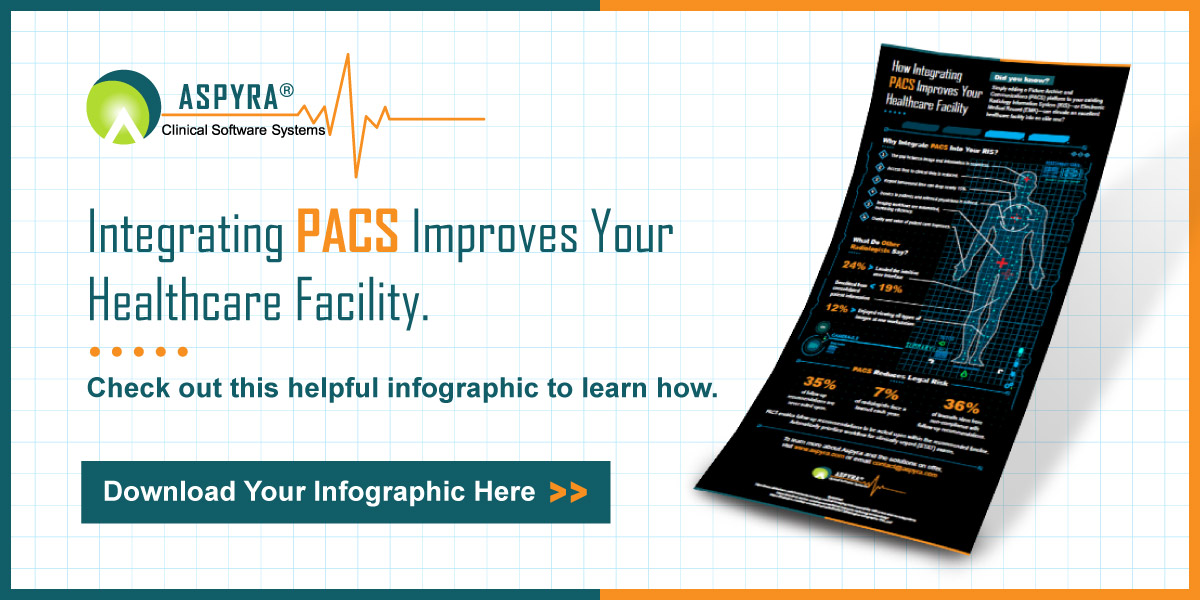Exploring the PACS Advantages in Medical Imaging

In modern healthcare, medical imaging plays a pivotal role in diagnosing, monitoring, and treating a wide range of medical conditions. From X-rays and MRIs to CT scans and ultrasounds, the ability to capture high-quality images is nothing short of revolutionary. Yet, these images are only as valuable as our ability to manage, share, and interpret them. This is where Picture Archiving and Communication Systems, or PACS, come into the picture. Let’s explore PACS advantages and why implementing it is essential for your organization.
The PACS Advantages Your Healthcare Needs Increased
1. Integration between Departments and Facilities
Gone are the days of physically transferring film-based images from one location to another. With PACS, images can be electronically transferred, giving healthcare professionals instant access to the images they need. This seamless integration facilitates collaboration between specialists and healthcare facilities, ensuring medical professionals can work together efficiently and effectively.
2. Increased Productivity
Because the PACS solution brings instant access to healthcare professionals, manual processes are eliminated, and turnaround times are slashed. This also streamlines workflow and increases efficiency. Additionally, the automation of administrative tasks associated with image management further boosts productivity, allowing healthcare professionals to focus more on patient care.
3. Remote Image Viewing
PACS enables healthcare professionals to view images regardless of their location. This is particularly beneficial for telemedicine applications, as it allows for remote patient consultations and diagnoses. Additionally, patients living in remote areas can benefit from PACS, as their medical images can be easily accessed and reviewed by healthcare professionals, eliminating the need for long-distance travel and ensuring timely healthcare.
4. Reduced Costs
The elimination of film-based imaging not only saves on expenses associated with film, storage, and maintenance but also streamlines workflow, reducing administrative overhead. These cost savings can be redirected towards improving patient care and acquiring more advanced medical equipment.
5. More Efficient Diagnoses
Access to current and prior images allows for comparative analysis, enabling healthcare professionals to detect even subtle changes over time. This enhances the accuracy of diagnoses, leading to more precise treatment plans. Moreover, the comprehensive imaging history available through PACS provides a holistic view of a patient’s medical condition, facilitating comprehensive assessment and treatment planning.
6. Support for Many Medical Image Types
Whether it’s X-rays, CT scans, MRI scans, or ultrasound images, PACS efficiently manages the storage, retrieval, and review of diverse image types. This versatility eliminates the need for multiple systems, simplifying the workflow and enhancing efficiency in medical imaging departments.
Implement PACS Advantages for Optimal Imaging Management
The advantages PACS has to offer in medical imaging are numerous! Its implementation has transformed the way medical images are managed, leading to improved patient care and treatment outcomes. At Aspyra we offer top-of-the-line PACS software to hospitals, clinics, and imaging centers. With our customizable software solutions and professional services, we empower healthcare professionals and decision-makers to optimize healthcare delivery and stay at the forefront of technology-driven advancements in the field of medical imaging.
To learn more about how Aspyra can help your healthcare facility in implementing a PACS solution tailored to your needs, visit our website today. Take the first step toward enhancing patient care and maximizing the efficiency of your medical imaging operations.

